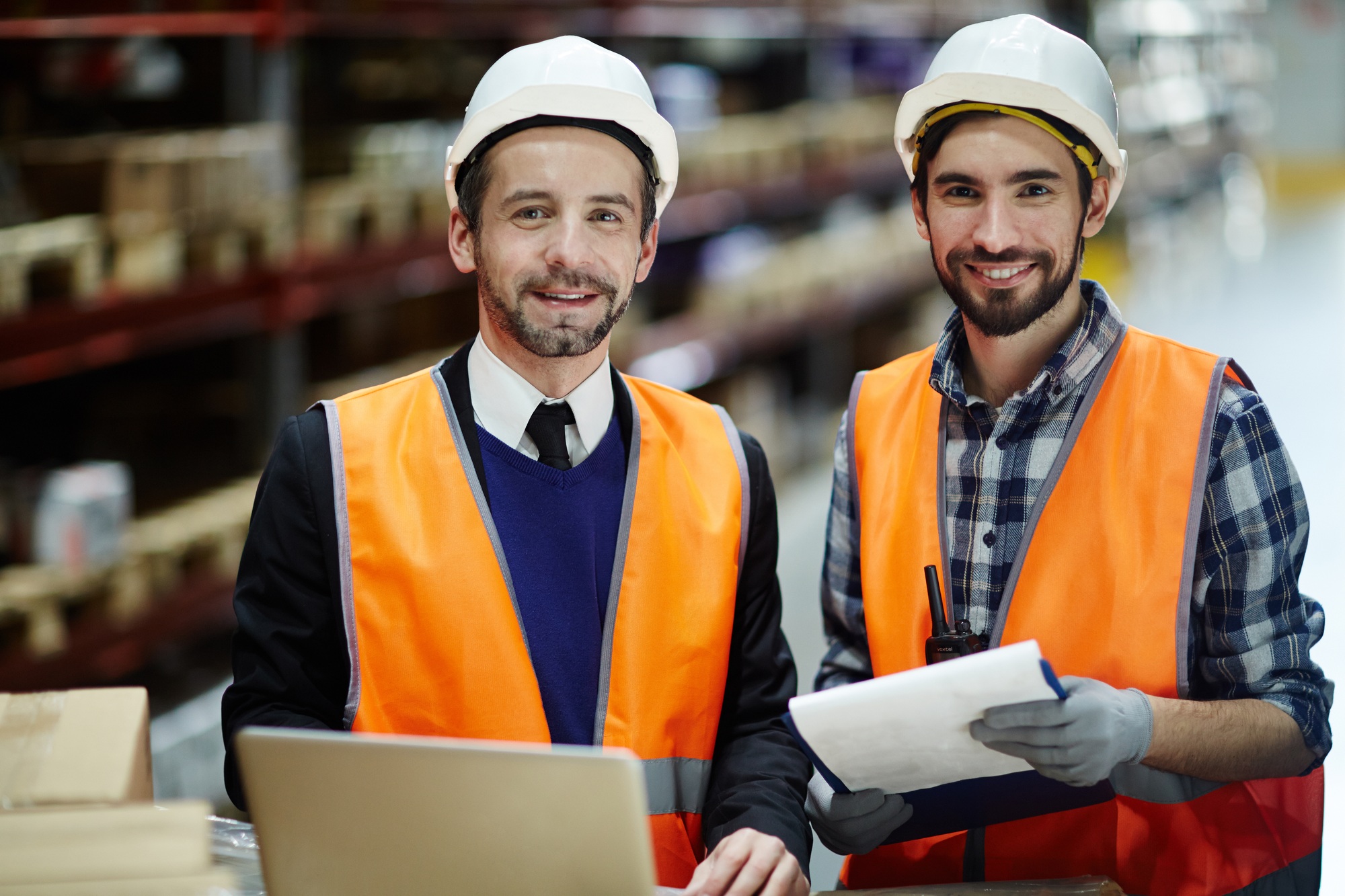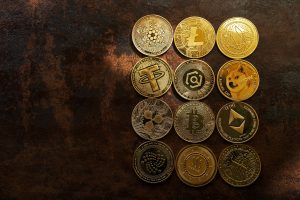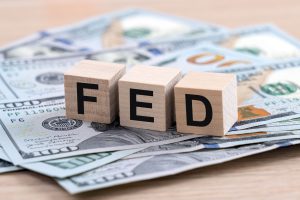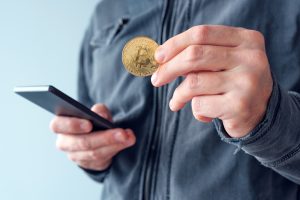Tesla is taking a bold new step toward its robotaxi vision. The electric vehicle maker has officially launched a supervised ride-hailing test program using its Full Self-Driving (FSD) software — but only for employees and only in two key cities: Austin, Texas and California’s Bay Area.
This pilot is the first tangible move from Tesla toward building out its own ride-hailing network, a long-teased initiative that CEO Elon Musk has promised would eventually challenge giants like Uber and Lyft — but with no driver behind the wheel.
Currently, the service remains in closed beta, limited to Tesla employees, and rides are only allowed with a human supervisor in the driver’s seat. That means even though the car is technically navigating itself, there’s still a person onboard monitoring and able to intervene if necessary.
The test is being conducted using Tesla vehicles running FSD (Supervised) — the latest iteration of the software designed to handle city driving, stoplights, intersections, and dynamic traffic conditions. Unlike Tesla’s basic Autopilot or Enhanced Autopilot, FSD Supervised aims to perform as a nearly autonomous chauffeur.
A Step Closer to the Robotaxi Dream
Elon Musk has long described Tesla’s ride-hailing and robotaxi vision as a core part of the company’s future. In his words, it could one day turn every Tesla into an income-generating asset, letting owners send their vehicles off to ferry passengers while they’re not using them.
The FSD beta program, which began in limited public use in 2020, has steadily expanded. However, it remains controversial, with regulatory scrutiny and debates around its safety. Tesla insists the current FSD (Supervised) version still requires drivers to pay attention and keep their hands on the wheel.
By rolling out a supervised test of its ride-hailing concept internally, Tesla is gathering real-world data, optimizing routing and behavior models, and refining its end-to-end software stack in preparation for wider deployment.
Why Austin and the Bay Area?
Tesla’s dual testing locations make strategic sense. Austin is home to Tesla’s massive Giga Texas facility and its growing base of engineers, while the Bay Area has long been the birthplace of Tesla innovation and still houses a large portion of its original team.
Both locations are tech-savvy, EV-friendly, and feature varied driving conditions ideal for FSD data collection — from downtown congestion to suburban sprawls.
What Happens Next?
Tesla hasn’t provided a firm timeline for when the FSD ride-hailing service might roll out to the public. Musk hinted last year that 2024 would be a pivotal year for Tesla’s autonomous ambitions, but the timeline has, as usual, been fluid.
Still, this pilot is a key indicator that Tesla isn’t shelving its autonomous ride-hailing goals. In fact, it’s accelerating them — carefully.
The next big milestone could be removing the safety driver and opening the service to Tesla owners. But that leap would likely require regulatory approval and substantial proof that the system is safe enough to stand alone.
For now, Tesla fans and the broader auto industry will be watching closely as Tesla’s own employees test-drive the future of mobility.







